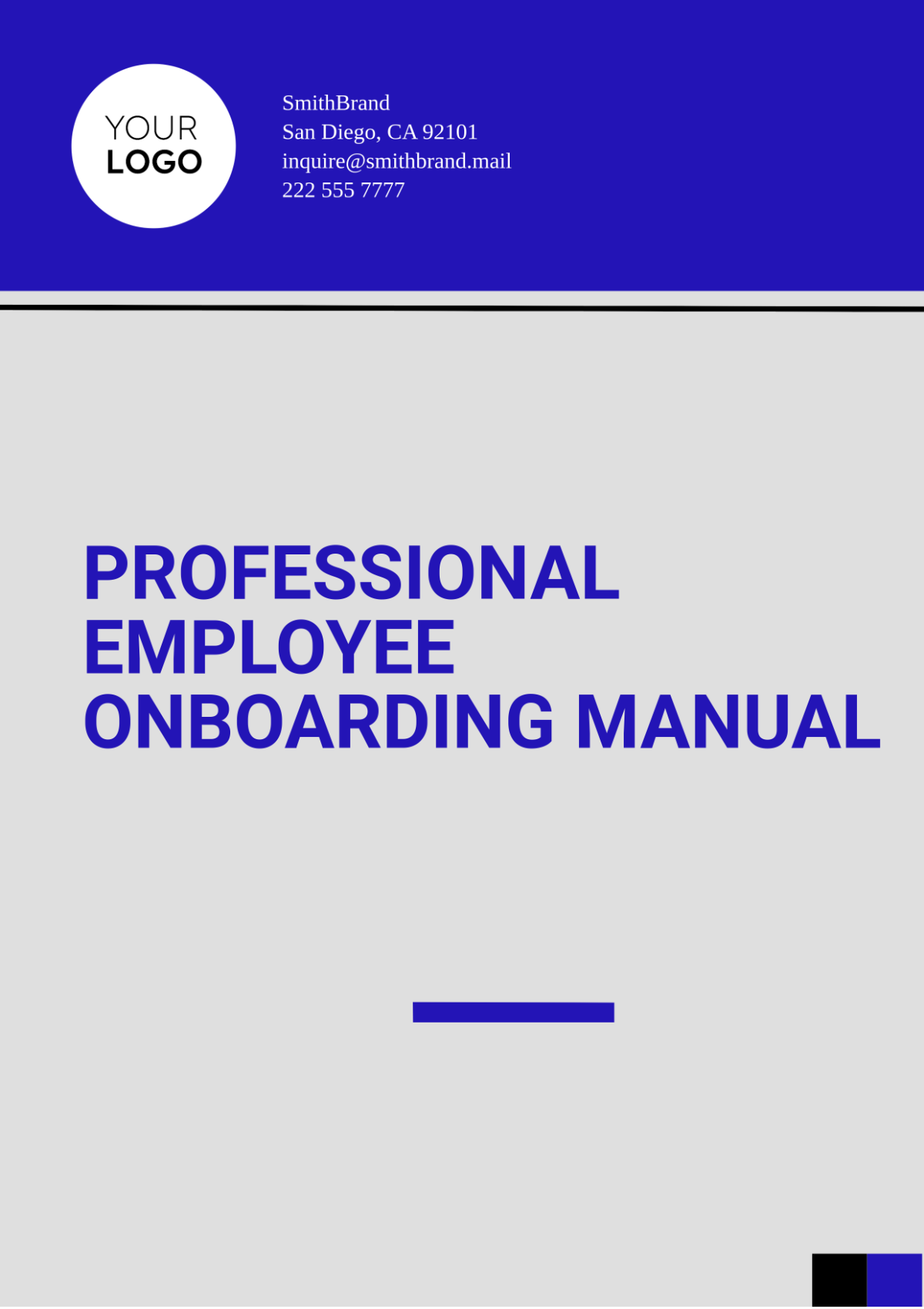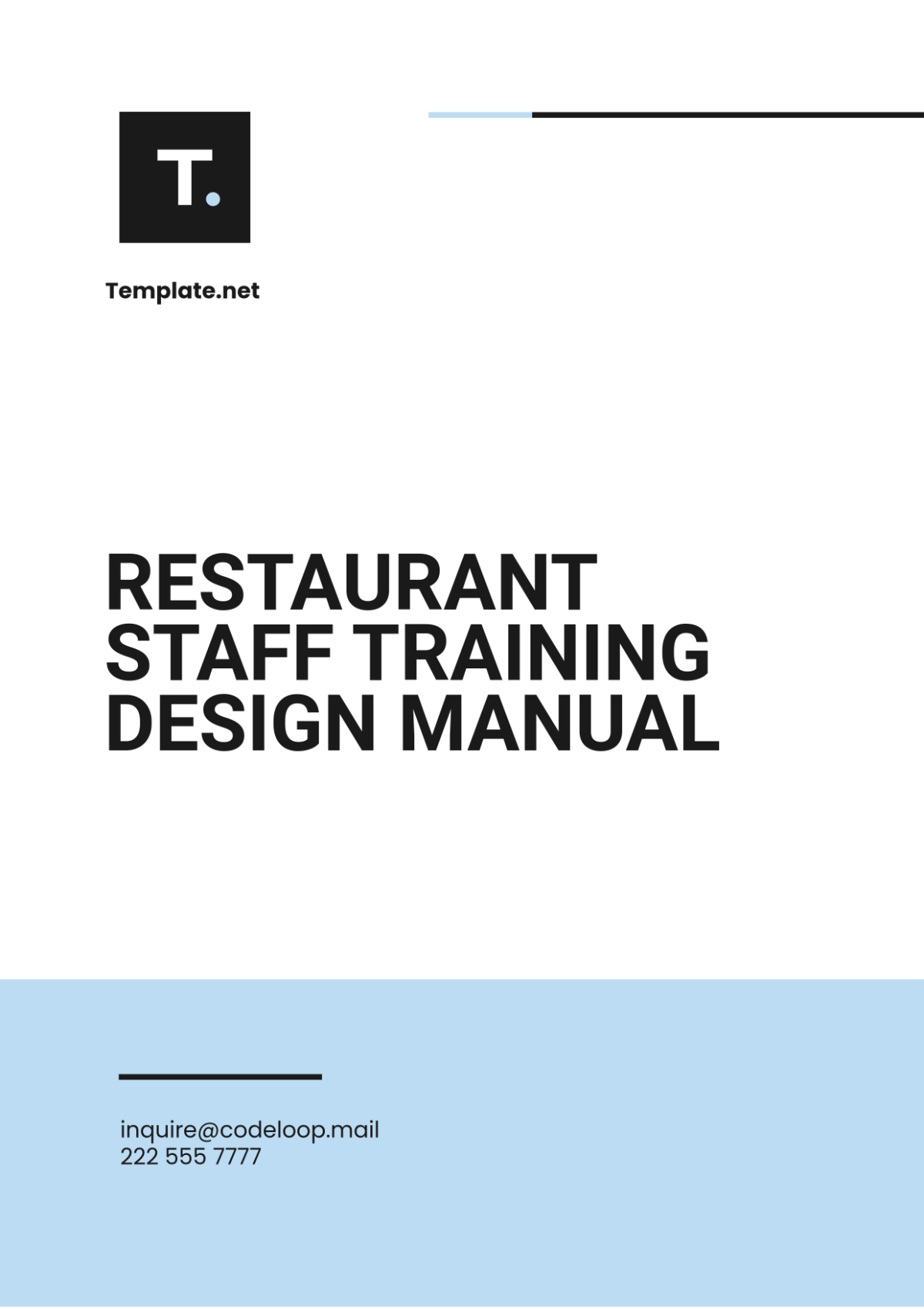Free Internal Audit Accounting Training Manual
Enhance your team's skills with the Internal Audit Accounting Training Manual Template on Template.net. This editable and customizable template facilitates seamless training program creation. Tailor it to your specific needs using our Ai Editor Tool, ensuring adaptability and relevance. Elevate your internal audit capabilities, empowering your team with comprehensive knowledge and skills. Stay ahead in the dynamic landscape of accounting practices with this versatile training manual template.






























